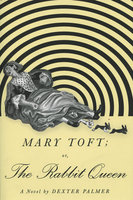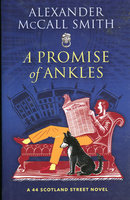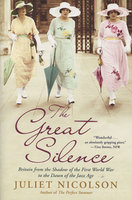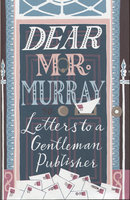New, Quality Books - 50-90% off, over 2500 titles
Your basket is empty.
Categories Last Chance to buy! DECODING MAGRITTE
DECODING MAGRITTE
Book number: 93566
Product format: Hardback
In stock
Bibliophile price
£12.50
Published price
£40
Customers who bought this product also bought
|
MARY TOFT OR THE RABBIT QUEEN
Book number: 91378
Product format: Hardback
Bibliophile price
£1.50
Published price
£16.99
|
PROMISE OF ANKLES: A 44 Scotland Street Novel
Book number: 92979
Product format: Hardback
Bibliophile price
£6.00
Published price
£17.99
|
CATS AHOY!
Book number: 93447
Product format: Paperback
Bibliophile price
£3.50
Published price
£7.99
|
|
GREAT SILENCE
Book number: 91263
Product format: Paperback
Bibliophile price
£1.00
Published price
£10.99
|
TO BREAK RUSSIA'S CHAINS
Book number: 92737
Product format: Hardback
Bibliophile price
£5.50
Published price
£22
|
DEAR MR MURRAY: Letters to A Gentleman Publisher
Book number: 93451
Product format: Hardback
Bibliophile price
£7.00
Published price
£16.99
|
Browse these categories as well: Last Chance to buy!, Art & Architecture















